
When you dispute a credit card transaction, you're officially telling your bank to reverse a charge you think is wrong. This whole process is often called a chargeback, and it’s one of the most powerful tools you have as a consumer to protect yourself from things like fraud or simple billing mistakes.
Knowing When to Dispute a Charge
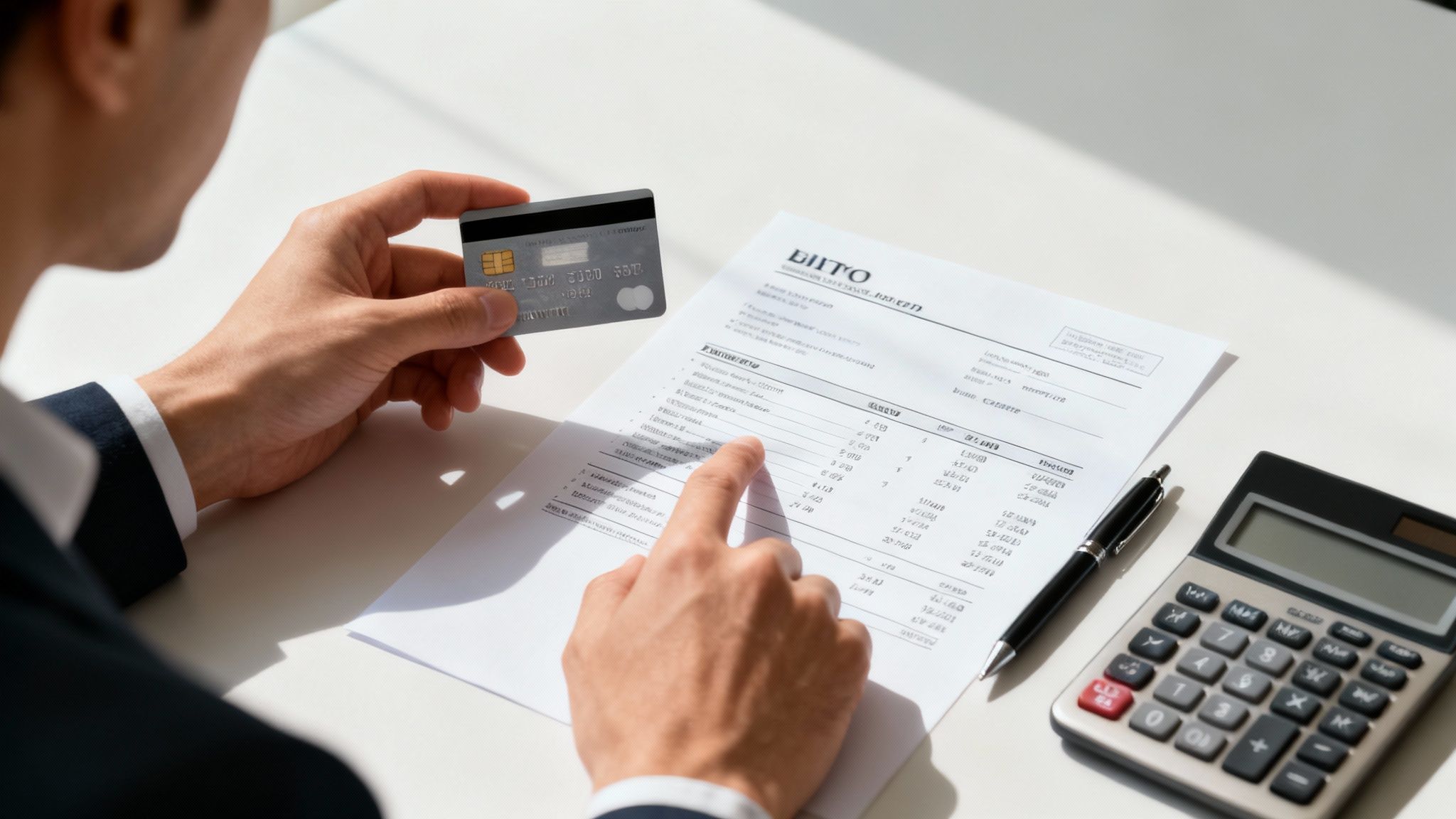
Before you dial up your bank, you need to be sure that filing a dispute is actually the right move. I always tell people their first stop should be trying to solve the problem directly with the merchant. Seriously, a quick phone call or email can clear up a misunderstanding way faster than a formal chargeback ever could.
But when that conversation goes nowhere, disputing the charge is your next best option. Thanks to the Fair Credit Billing Act (FCBA), you have the right to do this, but it has to be for a legitimate reason.
Valid Grounds for a Dispute
Not every purchase you're unhappy with is grounds for a chargeback. You can typically only kick off a dispute under a few specific circumstances:
- Fraudulent or Unauthorized Charges: This is the big one. You spot a transaction on your statement that you definitely didn't make. Understanding how systems like anti-money laundering transaction monitoring work can give you some insight into how banks try to catch these things early.
- Billing Errors: The classic "oops." You were charged the wrong amount, billed twice for the same thing, or the math is just flat-out incorrect.
- Goods or Services Not Received: You paid for something, and it just never showed up at your door.
- Item Significantly Not as Described: You ordered a blue sweater but got a red t-shirt. Or maybe the product arrived broken, damaged, or was clearly a cheap knock-off.
A word of caution: use this right responsibly. Filing a dispute for a charge that was actually legitimate—maybe you just forgot about it—is known as "friendly fraud." It creates huge headaches for merchants and could even get your account flagged by retailers.
This isn't just a minor issue; it's a massive one. Visa estimates that a staggering 75% of all chargebacks are due to this kind of misuse, not actual fraud. This behavior costs U.S. merchants over $170 billion every single year, which is why trying to communicate first is so critical.
To get a deeper understanding, you can check out our detailed guide on the https://www.chargepay.ai/blog/reasons-to-dispute-credit-card-charge.
Building a Strong Case with the Right Evidence
When it comes to disputes, proof is everything. You have to think like a detective building a case file—the more organized and compelling your evidence, the better your chances of winning. Just telling your bank something went wrong isn't going to cut it. You have to show them.
The first move is to round up every piece of documentation and communication tied to the purchase. This goes way beyond just the receipt. Your goal is to gather everything that tells the complete story of the transaction, from the moment you clicked "buy" to the point where things went sideways.
Collect Your Key Documents
I always recommend creating a dedicated folder for this, either on your computer or a physical one. The last thing you want is to be frantically searching for a critical email when a deadline is looming.
Here’s what should be on your collection list:
- Order Confirmations and Invoices: These documents lock in exactly what you agreed to purchase and the price you were supposed to pay.
- Receipts or Packing Slips: This is your proof of payment and often includes details like the delivery date.
- Shipping Notifications and Tracking Information: Absolutely essential for proving an item never showed up or was seriously delayed.
- All Communications with the Merchant: This is a big one. Save every single email, chat log, or even a summary of your phone calls (with dates and times noted). It proves you tried to resolve the issue directly first, which banks love to see.
Once you’ve got the basics, it’s time to document the core problem. If a product was defective or completely different from its description, take clear photos or a short video from multiple angles. For a service that wasn't provided, a screenshot of the service agreement next to proof it wasn't delivered can be incredibly persuasive.
Your Essential Dispute Evidence Checklist
To help you get organized, use this checklist. Gathering these documents before you file is the key to building a compelling claim that gets approved.
Having a solid, well-organized evidence file shows the bank you're serious and have done your homework. This preparation can truly be the deciding factor between getting your money back and having your claim denied.
Key Takeaway: The person reviewing your case at the bank has zero context about your situation. Your job is to hand them a clear, simple, and undeniable story backed by solid proof.
A well-prepared case is your single greatest asset. To take it a step further, you can learn more about specific tactics and strategies on how to win a credit card dispute in our detailed guide.
How to Officially File Your Dispute
Okay, you've gathered your evidence and have your story straight. Now it's time to make it official. Filing a dispute doesn't have to be a headache, but knowing exactly where to start and what to say can make all the difference in getting a quick resolution.
Most credit card companies give you a few ways to kick things off. These days, the fastest route is usually through their online portal or mobile app, where you can often start the process in just a few clicks. But if your case is a bit messy or has a lot of moving parts, picking up the phone and talking to a real person might be a better move. And, of course, there's always the old-school option of sending a formal letter, which creates a solid paper trail.
Choosing Your Method and Making Contact
I usually tell people to start by logging into their online account. Just look for a link that says something like "dispute a charge" or head to the "resolution center." If you'd rather call, the customer service number is right on the back of your card. Just be sure to have your account details and all that evidence you collected ready to go.
No matter which method you choose, your goal is to be crystal clear and straight to the point.
- Be Direct: Clearly state the transaction amount, the date it occurred, and the merchant's name.
- Explain the Core Issue: Get right to it. Briefly explain why you're disputing the charge. For example, "The product I ordered on May 15th never arrived," or "I was charged twice for the same dinner."
- Reference Your Evidence: Let them know you’ve done your homework. Mention the proof you have, like tracking numbers that show no delivery or emails from the merchant confirming a refund that never came.
This whole process is becoming way more common than it used to be. With the explosion of online shopping, the number of credit card disputes has skyrocketed. In fact, global chargeback volumes are projected to reach a staggering 337 million by 2025—that's a 27% increase from 2022.
The infographic below recaps the prep work you should have already completed.
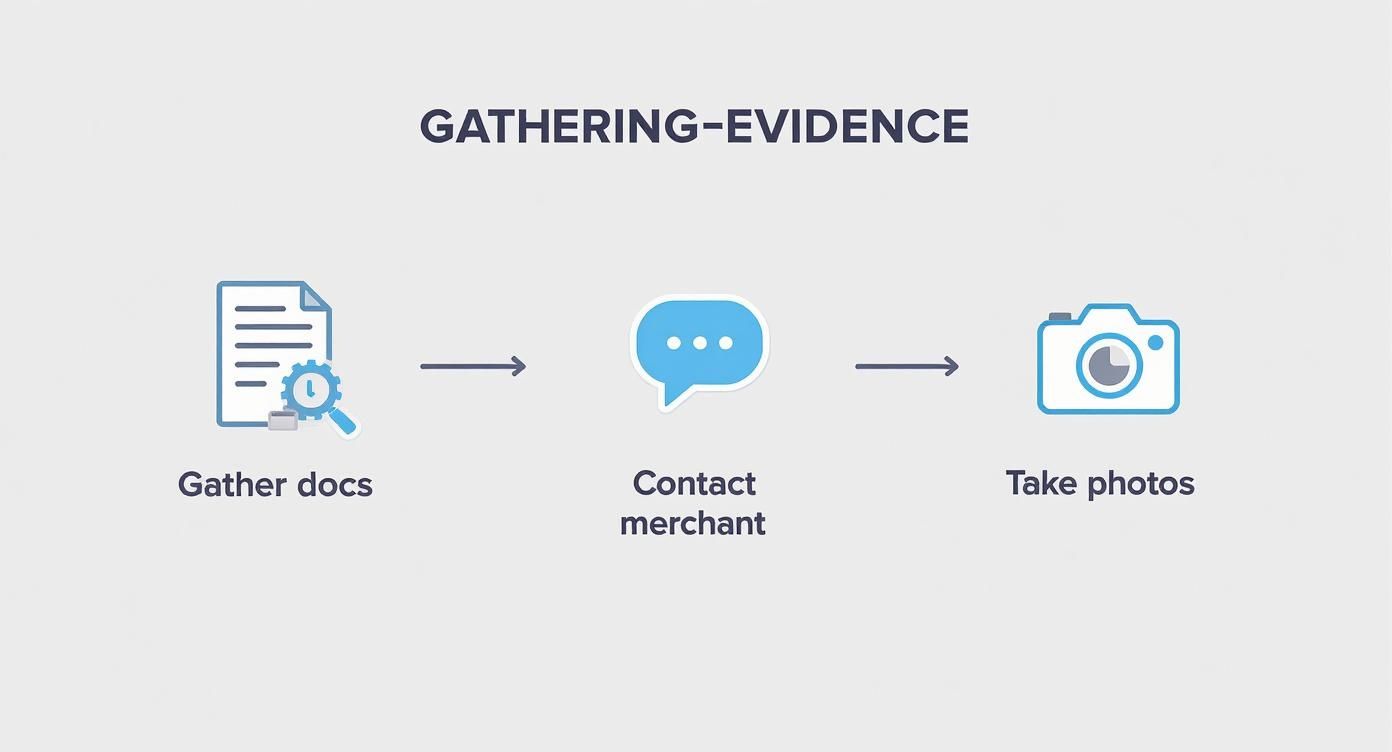
Think of this as the foundation. A solid prep stage is what separates a successful dispute from a frustrating one.
Mind the Clock and Watch for Credit
This part is absolutely critical: you're on the clock. The Fair Credit Billing Act (FCBA) generally gives you 60 days from the date your statement was sent to file a dispute for billing errors. My advice? Don't procrastinate. The sooner you file, the better.
Once your dispute is filed, the bank kicks off its investigation. Here's the good news: many card issuers will give you a provisional credit for the disputed amount. It’s not permanent—if you lose, they'll reverse it—but it means you won't have to pay that charge while they sort things out.
Getting this initial phase right sets the tone for the entire investigation. To see how all the pieces fit together, check out our complete guide on how to file a chargeback.
What Happens During the Investigation?
https://www.youtube.com/embed/S7Lj2Z-isYg
Once you’ve filed the dispute, your job is mostly done for the time being. The ball is officially in your bank’s court, and they’ll kick off an investigation behind the scenes. It can feel a bit like a black box, but knowing what happens next helps you understand the process and timeline.
Your card issuer will get in touch with the merchant’s bank, laying out your side of the story along with the evidence you sent over. This is the merchant's chance to push back. They can submit their own proof—like a signed receipt or a shipping confirmation—to argue the charge was legitimate. This formal response is called representment.
Watching the Clock
The timeline for this back-and-forth can really vary. Some simple cases might get sorted out in just a few weeks. But if things get complicated, it could easily drag on for a couple of months. For a deeper look at what impacts these timelines, you can learn more about how long chargebacks typically take.
As a consumer, the odds are generally stacked in your favor. Even when merchants decide to fight a chargeback, they only manage to win back the funds about 18% of the time. This is exactly why providing clear, compelling evidence right from the start is so critical.
Merchants are often fighting an uphill battle here. For every $1 they lose to fraud, businesses actually end up paying around $3.35 when you factor in all the associated costs—and that number is expected to keep climbing.
If you're curious about how your evidence is weighed and how the banks handle their inquiry, it helps to understand the modern document review process. This gives you a peek behind the curtain at how your case is analyzed.
And if your dispute gets denied because the merchant came back with a strong counter-argument? Don't panic. You usually have the option to appeal the decision. This just means you'll need to provide some extra information or clarify your original claim to get the case reopened.
Common Mistakes That Can Sink Your Dispute
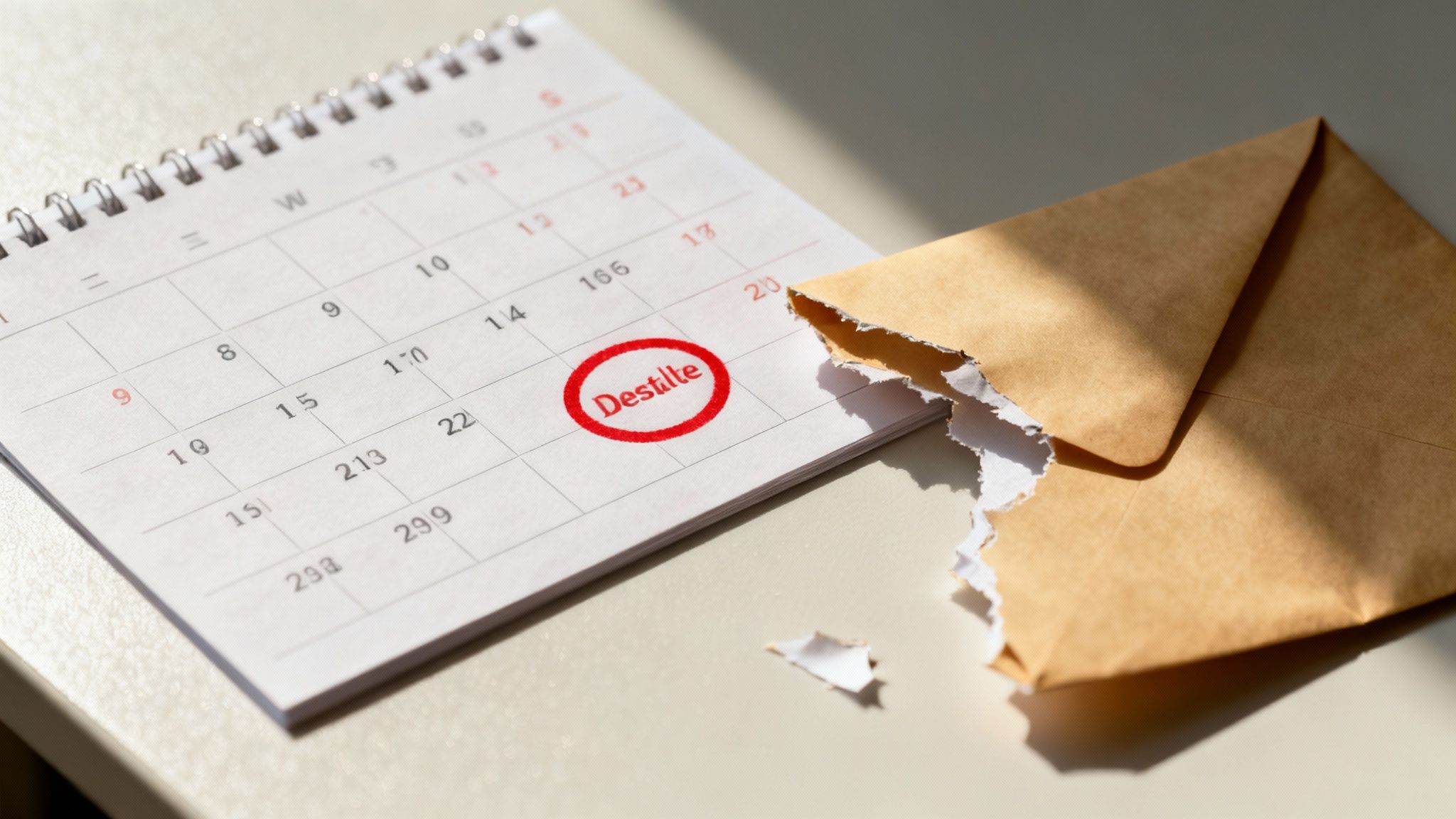
Winning a credit card dispute often comes down to sidestepping a few common, yet critical, mistakes. Trust me, I've seen it time and again—a perfectly valid claim gets denied because of a simple slip-up. Knowing the pitfalls ahead of time makes the whole process much smoother.
The biggest mistake, hands down, is waiting too long to act. The Fair Credit Billing Act gives you a window, typically 60 days, to dispute a charge. If you procrastinate, you could lose your right to get your money back entirely. The moment you spot an error, that's your cue to get moving.
Providing Weak or Vague Information
Another surefire way to kill your chances is giving the bank a muddled or incomplete story. You have to remember, they need clear, undeniable facts to go to bat for you. A weak claim is an easy claim to deny.
Here are a few ways people accidentally sabotage their own disputes:
- Tossing the Proof: Never, ever throw away receipts, order confirmations, emails, or photos related to the purchase. This documentation is your ammunition. Without it, it’s just your word against theirs.
- Being Too Vague: Don't just say "the product was defective." Get specific. "The coffee maker arrived with a cracked carafe and leaks water from the base when turned on." See the difference?
- Disputing a Forgotten Charge: Before you file, be absolutely certain the charge isn't legitimate. Disputing a valid transaction you just forgot about (like a recurring subscription) can get your account flagged by the bank.
Key Insight: The person reviewing your case knows absolutely nothing about you or your purchase. Your job is to paint them a crystal-clear picture, backed up by solid proof, that leaves no room for doubt.
Taking the time to be thorough from the very beginning will save you a world of headaches later on. It’s always better to over-prepare than to submit a flimsy claim that gets shot down, forcing you into a lengthy appeal process. Avoiding these simple mistakes is a huge step toward winning your dispute and getting your money back where it belongs.
Frequently Asked Questions About Credit Card Disputes
Diving into the world of chargebacks can definitely stir up a lot of questions. Let's tackle some of the most common ones that pop up when you're thinking about disputing a credit card transaction.
Will Disputing a Charge Hurt My Credit Score?
This is a huge concern for many, but you can relax. Filing a dispute has no direct impact on your credit score. Think of it as a consumer protection right you're entitled to use, and credit bureaus don't factor it into their scoring models.
Now, there's one small catch. If the dispute is over an unpaid bill that you ultimately lose and it goes to collections, that collection account could ding your score. But as long as you follow the proper dispute process from the start, you're in the clear.
What Happens if My Dispute Is Denied?
Getting a denial can be frustrating, but it’s not always the end of the road. If the bank sides with the merchant, they'll simply reverse the provisional credit they gave you. That means you'll be responsible for paying the original charge again.
Your next move is to look closely at why it was denied. You almost always have the option to appeal the decision, but this time you need to bring new, compelling evidence that wasn't in your first claim. Sometimes, a better-organized appeal with fresh information is all it takes to flip the outcome.
Key Takeaway: A denial isn't a dead end. Re-evaluate your evidence, see what you might have missed, and consider filing an appeal with that new information.
It's also worth remembering that the protections for credit card disputes are much stronger than for debit cards. Federal law, specifically the Fair Credit Billing Act, gives you some serious rights, like limiting your liability for fraudulent charges to just $50. Debit card protections are weaker and come with much stricter reporting deadlines. For a closer look at the specifics, you can read more about what a disputed charge means for you.
When all is said and done, the whole process can take anywhere from a few weeks to a couple of months. It really depends on how complex the case is and how quickly the merchant responds.
At ChargePay, we automate the entire chargeback representment process with AI, helping merchants win more disputes and recover lost revenue without lifting a finger. See how our hands-free solution can protect your bottom line at https://www.chargepay.ai.
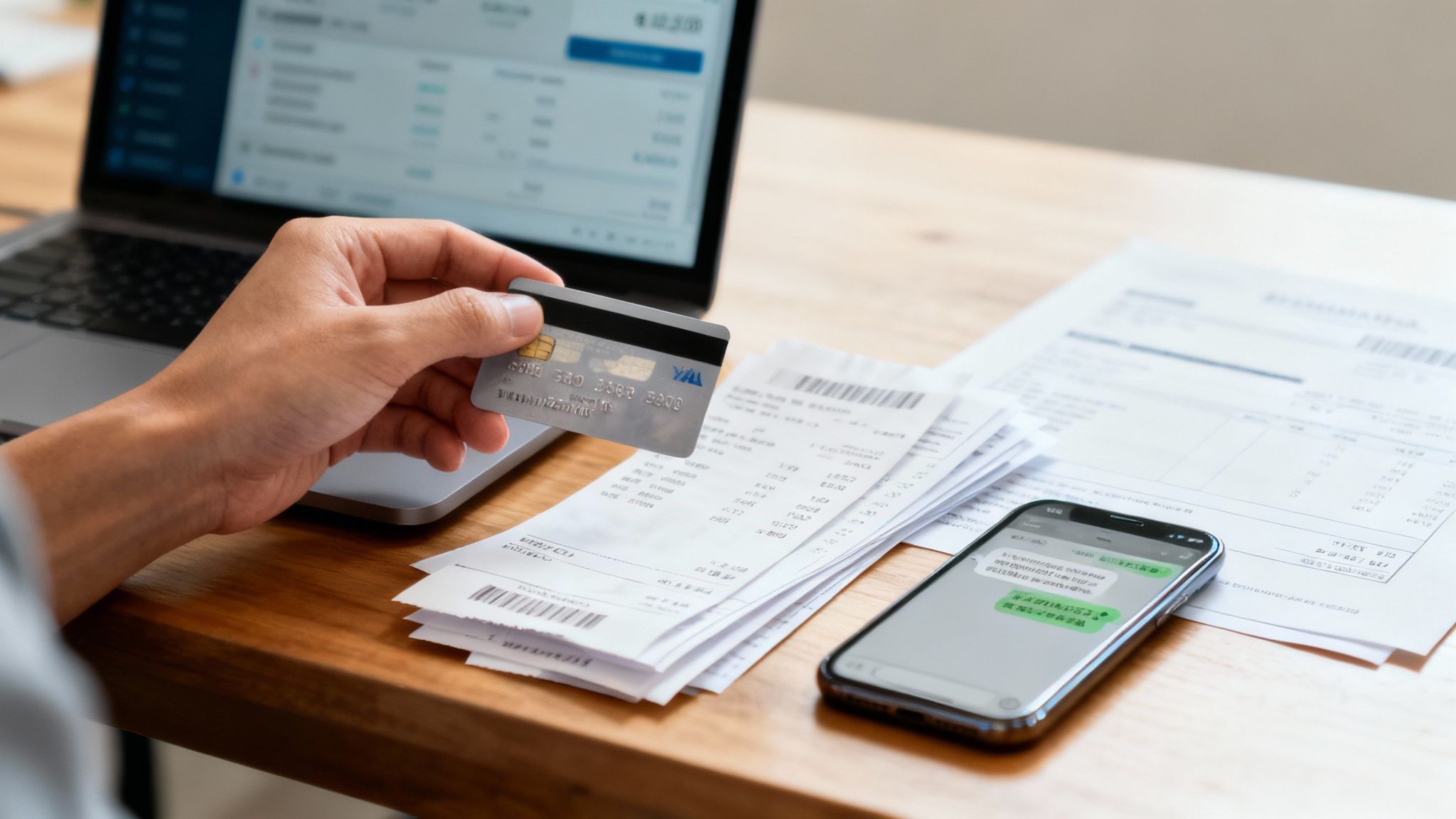


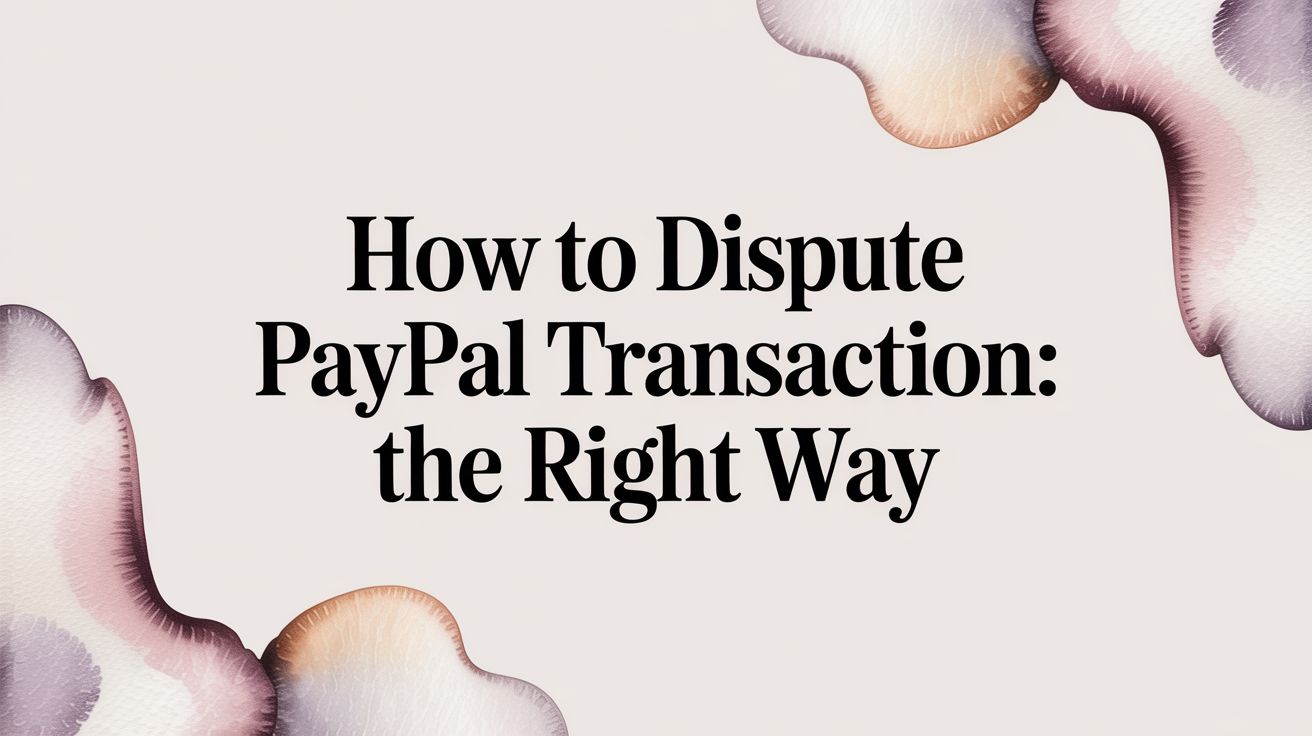
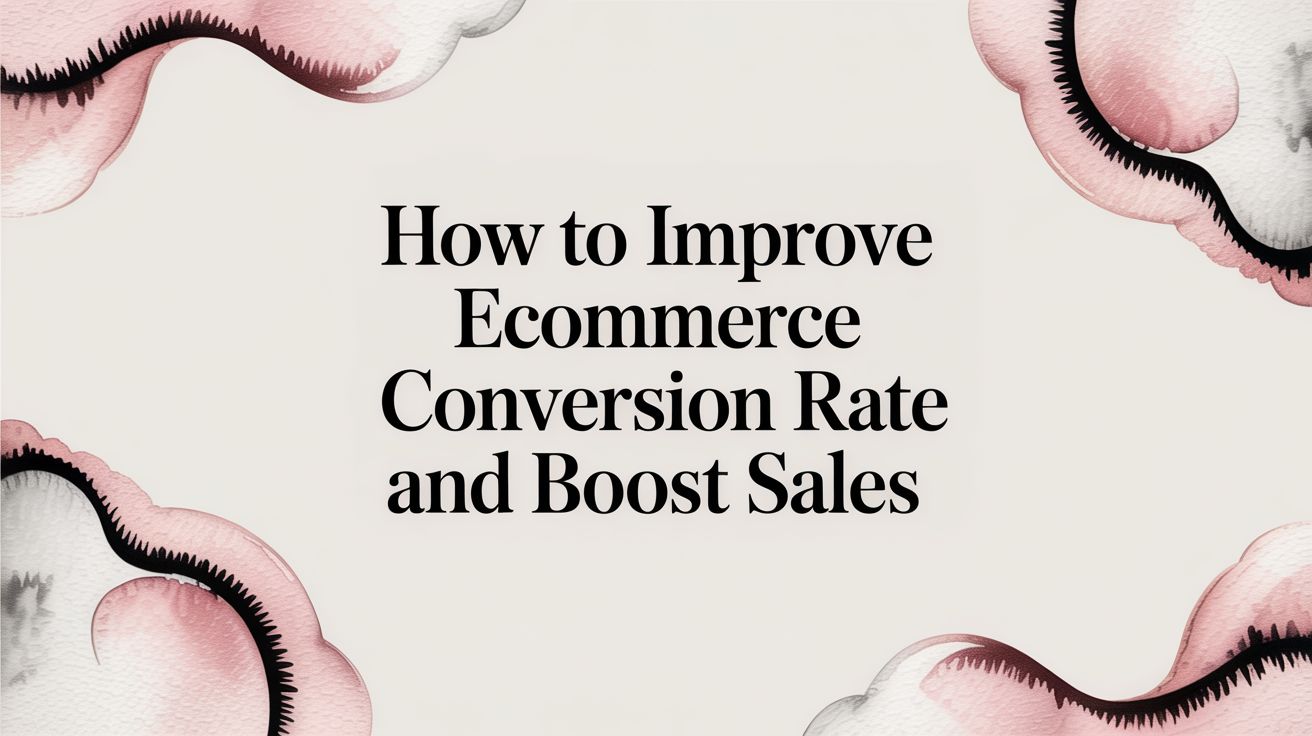
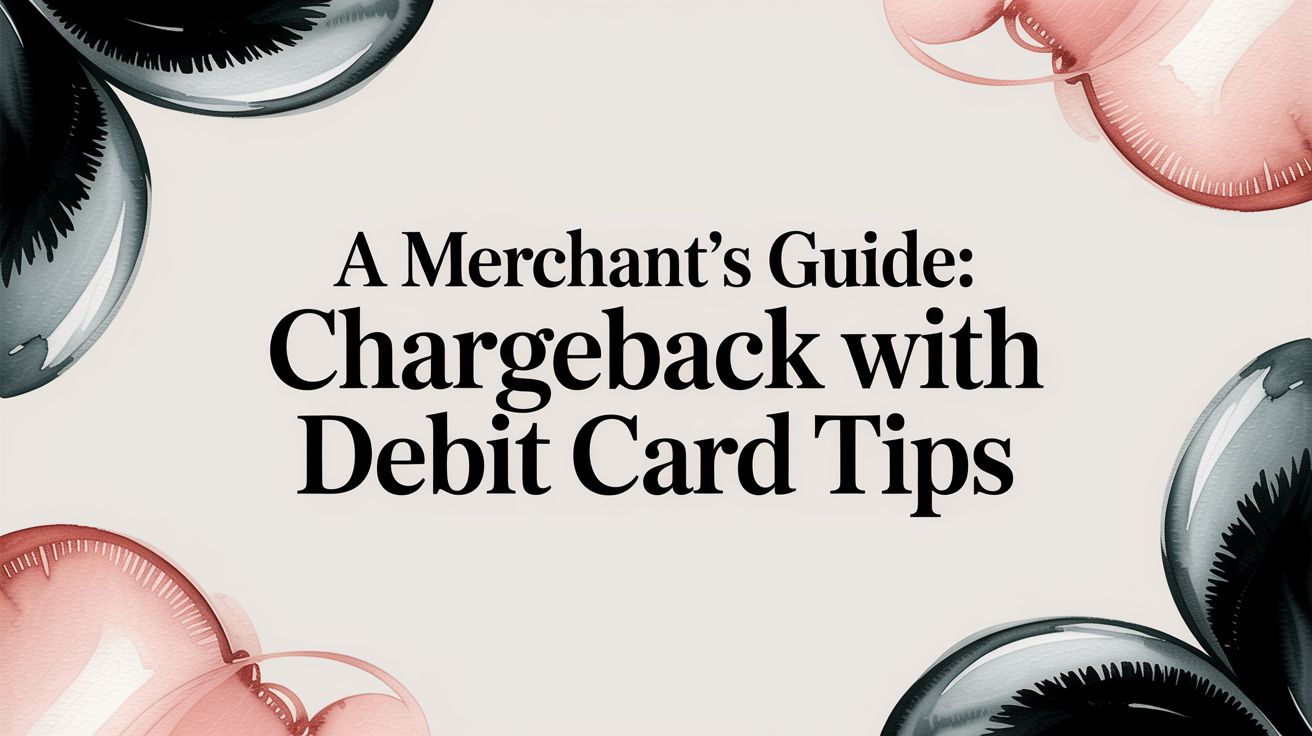

.svg)







.svg)
.svg)
.svg)